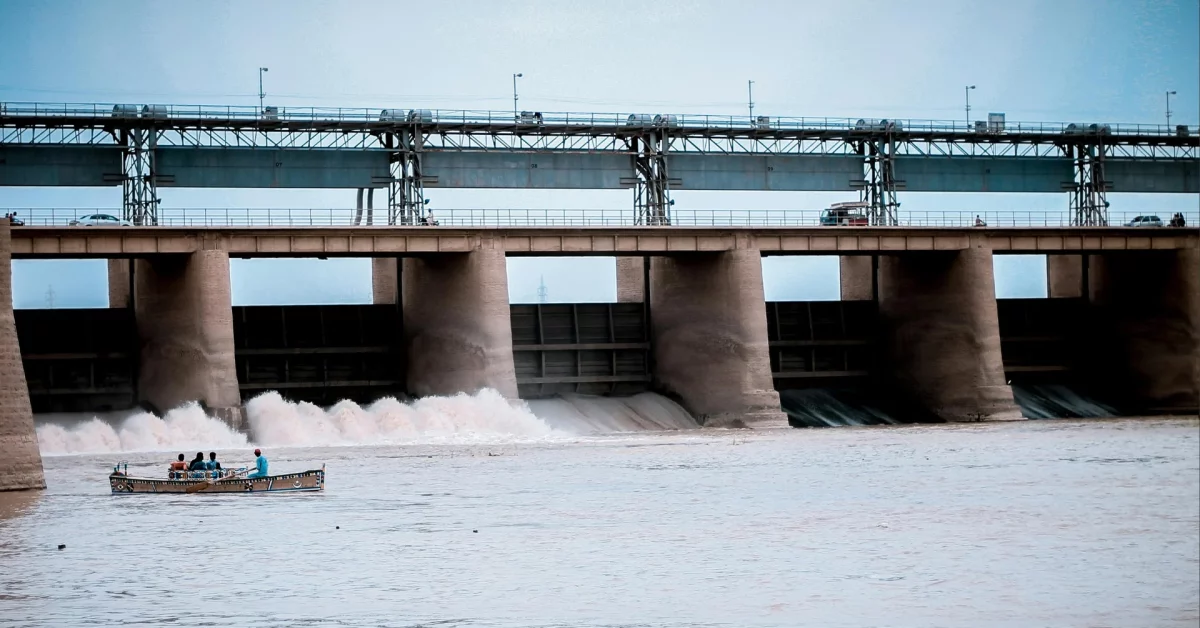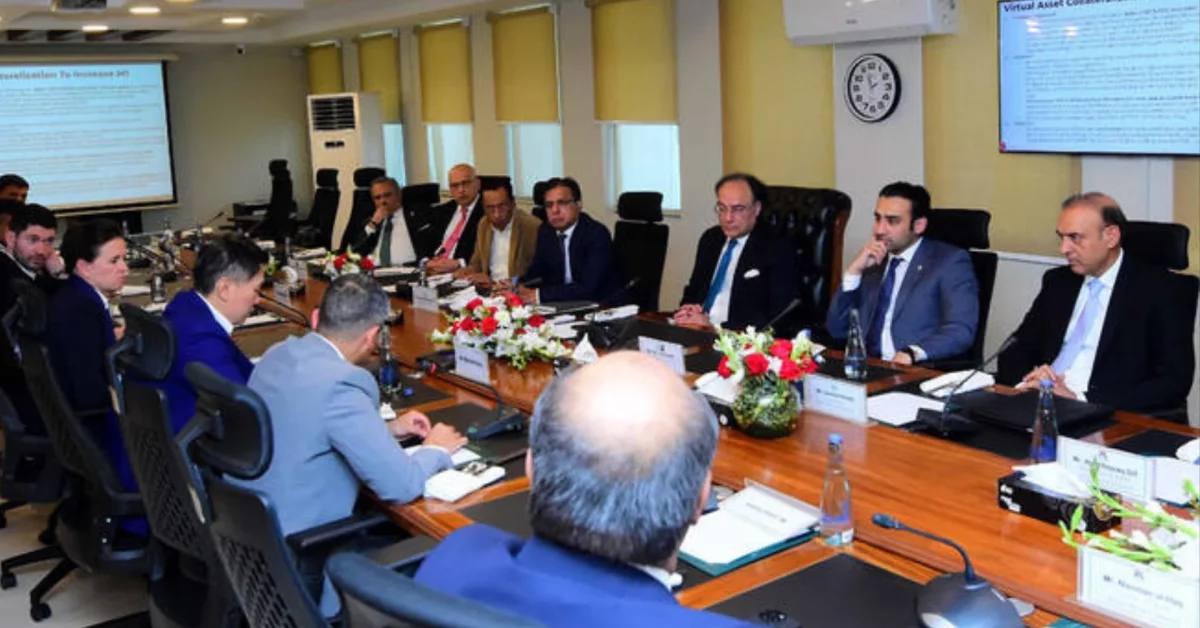
Pakistan and China Begin Second CPEC Phase
August 4, 2025
Pakistan and ZTE Explore Youth-Centered Tech Partnership
August 5, 2025Pakistan and US Explore Indus Basin Energy Reserves
Pakistan’s untapped oil and gas potential is under global spotlight following US President Donald Trump’s remarks about a joint energy development effort between the US and Pakistan. While debate continues, experts and official geological studies confirm that the Indus Basin covering Sindh, South Punjab, and parts of KP hold vast reserves.
According to the Ministry of Energy, Government of Pakistan, Sindh leads the country in oil and gas production with over 351 reserves and 247 wells either drilled or under development. The Petroleum Information Services reports Pakistan’s proven oil reserves reached 238 million barrels by December 2024, a 23 percent increase from the previous year.
A USAID study reveals that the Sindh Basin alone could hold up to 14 billion barrels of technically recoverable crude oil. Multiple exploration blocks such as Gambat-II, Zamzama West, and Sawan South have shown promising potential.
Currently, Pakistan produces 73,000 barrels of oil per day. Far below its daily consumption of 556,000 barrels. Officials believe the right mix of US-backed technology, policy reforms, and investments could lead to energy self-reliance and even exports.
With a 3.7 out of 10 drilling success rate, the Indus Basin could be a game changer in Pakistan’s economic and energy future.
Read more: Pakistan and US Forge Strategic Crypto Policy Partnership






